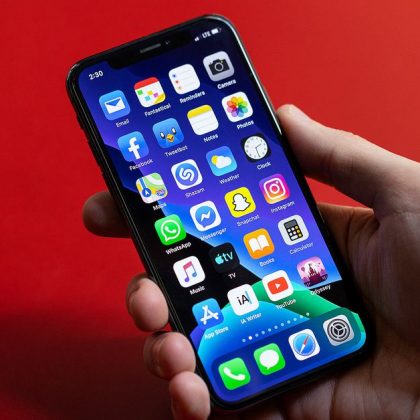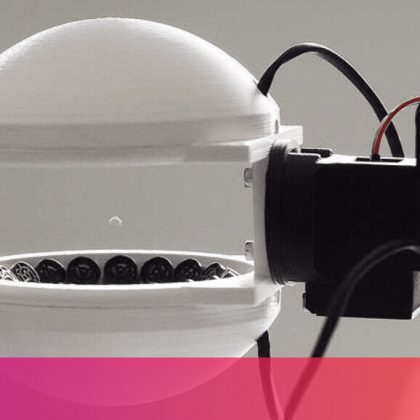Sonos suggests that after bricking the device in Recycle Mode, users drop it off at a recycling facility or give it to Sonos to do the same. However, those facilities are unable to resell the products, which could bring around $200 to $250 in good condition.This is the the most environmentally unfriendly abuse and waste of perfectly hardware I’ve seen in five years working at a recycler.We could have sold these, and ensured they were reused, as we do with all the working electronics we’re able. Now we have to scrap them.— ralph waldo cybersyn (@atomicthumbs) December 27, 2019The problem was brought home by Twitter user @atomicthumbs, who works at an e-recycling facility. “This is the most environmentally unfriendly abuse and waste of perfectly good hardware I’ve seen in five years working at a recycler,” he said in a series of tweets. “We could have sold these and ensured they were reused, as we do with all the working electronics we’re able. Now we have to scrap them.”To get the 30 percent deal, buyers select a device to trade in. Once confirmed, the app places the old device into recycle mode, starting a 21 day countdown timer. After that time, the device is “permanently deactivated” with no way to recover it, according to Sonos. Gadgets eligible for upgrades that would be bricked include the Connect, Connect:Amp, ZP90, ZP80, ZP100, ZP120, and Play:5 (Gen 1).Sonos tried to defend itself in a way that might sound familiar to Apple users. “The reality is that these older products lack the processing power and memory to support modern Sonos experiences,” the company told The Verge.Over time, technology will progress in ways these products are not able to accommodate. For some owners, these new features aren’t important. Accordingly, they may choose not to participate in the Trade Up program.But for other owners, having modern Sonos devices capable of delivering these new experiences is important. So the Trade Up program is an affordable path for these owners to upgrade. For those that choose to trade-up to new products, we felt that the most responsible action was not to reintroduce them to new customers that may not have the context of them as 10+ year old products, and that also may not be able to deliver the Sonos experience they expected.Sonos is justifying this in terms of the customers experience, but the brutal reality is that many of these devices will be stripped down, using energy. They’ll also add to the problem of plastic waste, when they could have enjoyed a much longer life. It’s particularly disappointing considering that Sonos products do last a long time, with the company claiming that 92 percent of them ever sold are “still in use today.”Many Sonos forum users were disappointed to hear about the practice. Some of the bricked products have also been resold, with the buyers losing any money they paid. On top of that, some owners have bricked devices by accident, transforming them into recycling fodder.”Anyone even remotely
Read More
31December





